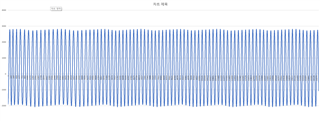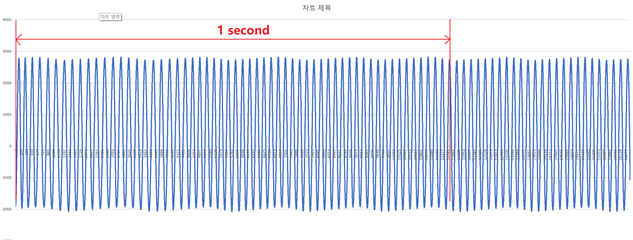Dear,
I am making the DA measure system by ADS8588S chip.
But, I had some problem for sampling rate, please advice this problem
[Test status]
used driver : ad7606.c / ad7606.h / ad7606_spi.c in kernel's default driver
input test signal : 60Hz signal

expect result : As you know, the 60Hz signal is the 60ea sine signal per 1 sec like below picture.
my result
It's my result.
It's JUST 23ea sine signal per 1 sec like below picture.
please, let me know what to change for 60ea sine signal per 1 sec.

best regards,
hosung shin.



